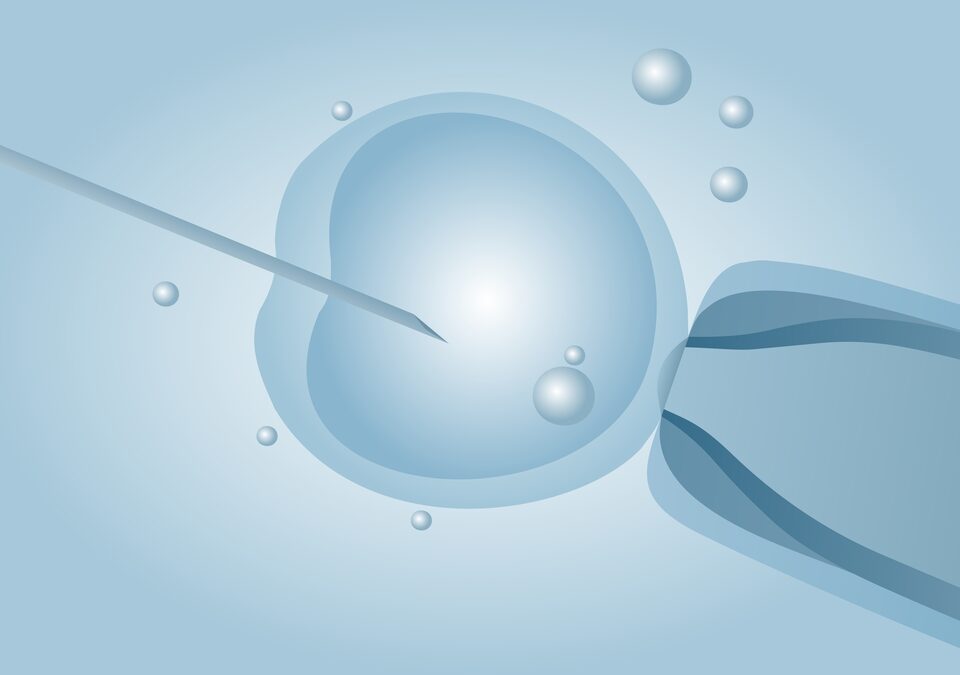One Man’s Fight to Bring His Surrogate Twins Home from Kenya
January 10, 2019There May Be Big Changes in New York’s Surrogacy Laws Very Soon!
January 15, 2019DNA tests are growing in popularity, with companies like 23andMe and Ancestry.com marketing the kits as a way to learn more about your roots and learn more about how your genetics impact your health. Sometimes, the results of such tests are wholly unexpected, leading people to question what they believed about their heritage. That was the case for 54-year old Dani Shapiro, who learned that the man who raised her was not her biological father.

Rather than learning that her mother had an affair with another man, Shapiro learned that her parents, who married later in life, had difficulty conceiving. Desperate to start a family, they relied on an assisted reproductive technique at the time called “confused artificial insemination.” With this process, an anonymous donor’s sperm was mixed with the sperm of the intended father.
While in vitro fertilization (IVF) and other assisted reproductive technologies are fairly well-known and accepted today, that wasn’t the case in the early 1960s. Couples struggling with infertility were stigmatized and shamed; using the confused artificial insemination process allowed couples to believe that the intended father was, in fact, the child’s biological father.
In a recent Time Magazine article, Shapiro shared her experience but also raised the fact that, due to the proliferation of consumer DNA tests and the internet, “anonymous” donors should no longer have any expectation that they will truly have any anonymity. She questions whether this will have a chilling effect on the number of people willing to donate eggs and sperm in the future.
Starting or growing a family through IVF and other means of assisted reproduction can bring unmeasurable joy, but the process can also come with some potential future challenges – both for the parents and the children they conceive. In 1961 when Shapiro was conceived, it was laughable to think that there would ever be a time when a child born of donor sperm could learn about her parentage in a matter of hours without ever leaving her home to do so.
Shapiro’s story provides a thought-provoking look at some of the consequences children can face when assisted reproduction is shrouded in secrecy. Thankfully, intended parents today are living in a different time than Shapiro’s parents and they understand the ramifications and consequences!



